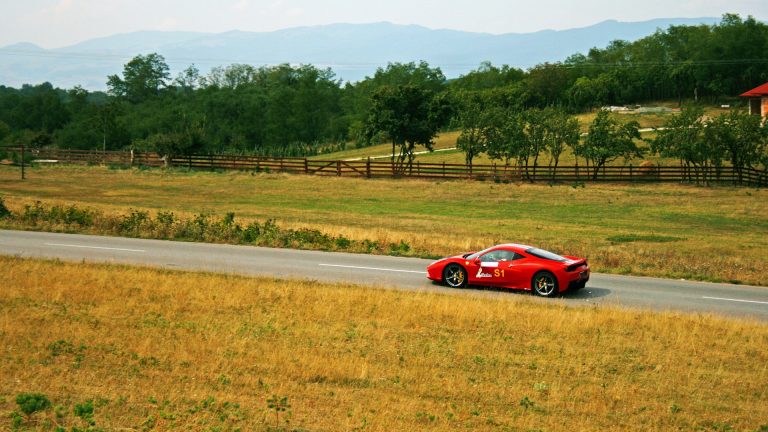Air Liquide to Launch Japan’s First Hydrogen Refueling Station for Taxis

Air Liquide, the French industrial gas supplier, has opened Japan’s first hydrogen refueling station for taxi fleets in Kobe. The move aims to promote the adoption of fuel cell vehicles (FCEVs) among commercial vehicles in Japan.
The company converted a liquefied petroleum (LP) gas station into a hydrogen refueling station for Kobe, Japan’s MK Taxi service. The taxi operator recently added two FCEVs to its fleet. It is expected that a dedicated hydrogen station for taxis will improve efficiency. FCVs can travel longer distances on a refuel compared with electric vehicles (EVs), making them a better fit for the mission requirements of the taxi industry.
Air Liquide has built hydrogen stations in approximately 200 locations globally. The company plans to construct more hydrogen stations for taxis in other cities beyond Kobe.
The cost of building a hydrogen refueling infrastructure, however, remains a significant hurdle to the mainstream adoption of FCEVs. Each hydrogen station requires roughly 500 million yen ($3.71 million) to build. To cut construction costs, Air Liquide plans to create prefabricated equipment at factories and then transport them to the hydrogen station sites.
Air Liquide has partnered with Japanese trading house Itochu to build a 24-hour hydrogen station in Fukushima prefecture serving buses and long-haul trucks next year. The company is also working to reduce carbon emissions in its supply chain through local procurement of hydrogen supplies from Japanese plants.
While Japan aims to have 900 hydrogen fueling stations by 2030, FCEVs have yet to gain traction in the country, and only around 170 stations exist nationwide. However, other countries are also showing interest in hydrogen-powered commercial vehicles. Germany, for example, plans to have 400 hydrogen refueling stations by 2025, and has already deployed over 80 stations across the country. The United States currently has over 40 stations, and aims to have 200 stations by 2025. China is also investing in hydrogen-powered vehicles, with the government aiming to have 1 million FCVs on the road by 2030. Daimler recently announced a joint venture with BlackRock to develop Greenlane hydrogen refueling stations across the US.
While hydrogen is an attractive alternative to internal combustion engine (ICE) vehicles, and has some advantages over battery electric vehicles, it still has yet to prove itself as a sustainable fuel source. Hydrogen production is extremely energy intensive to produce with roughly 7 kg of CO2 emissions generated for every 1 kg of CO2 emissions it is claimed to reduce. The energy intensiveness also doesn’t consider the CO2 emitted to transport the fuel type.
There are several efforts globally however to produce ‘green’ hydrogen through the use of renewable energy sources such as wind and solar.
CleanEarth Media
Popular Now
More From Clean Earth










